Description
Introduction:
When we play music, we are causing inanimate objects to sing! Such a feat requires a strong connection between our ears, our hands, our eyes, and even our feet. These connections get stronger over time but need daily maintenance to stay in optimal shape. This is why even seasoned musicians need warm-up routines. We need to realign our aim, wake up our hands, tap into our muscle memory, and shake off the dust since our playing session. While all of this is necessary, it doesn’t have to be boring, and it doesn’t have to take forever. That’s why I wrote “15 Minutes a Day- A Daily Practice Routine for Hammered Dulcimer” in 2008. It is full of fun to play exercises that do wonders for your playing. I have developed even more exercises to target these areas we need to get better since 2008 and organized them here in this new book, “15 More Minutes a Day.”
The title explains a lot about how to use this book. This is intended to be a fun and functional daily practice routine for hammered dulcimer to start off your practice sessions. I recommend playing the exercises in this book for about 15 minutes before you begin your normal practicing. The problem with working on technique is that we tend to overdo it in a single session, reaching the law of diminishing returns. After about 10-15 minutes, our brains tend to go into autopilot and we stop acquiring new muscle memory. We have this narrow window of time to address all the major areas needed in playing the dulcimer so you are ready for a new day of playing.
This book also solves the problem of not knowing what to practice or how to practice to get the improvements in the skills you want. Each of these exercises has been chosen because they have successfully worked for my students. They’ll work for you too!
Table of Contents
- Foreword
- Acknowledgements:
- Introduction
- Using This Book
- Notation
- How to Practice (And Get Better!)
- Recalibration
- Recalibrating Chords
- Octaves
- Aligning Octaves
- Right Hand Right Side / Left Hand Left Side Rule:
- Calibrating Chords:
- Expanding Arpeggios in 1st Position
- First Position Major
- Second Position Minor
- Third Position Minor
- Static Chord-Melodies
- Calibrating Chord Suffixes: Major
- Minor Chord Suffixes
- Calibrating Rolled Chords
- Tone
- Finding the Sweet Spot
- 3-Octave Arpeggios
- Sweet Spot Patterns
- Other Considerations
- Hand Independence
- Hands Alone
- Two for One
- Playing A Round with Hand Independence
- Piano-Style Hand Separation
- Etude for Hand Independence: “Alberti’s Little Birdie”
- Mountain Roll Technique
- 1st Inversion
- Root Position
- 2nd Inversion
- Mountains Around Us: A Mountain Roll Etude
- Parallel Harmony
- Aligning Hands
- Scales in Contrary Motion
- Tandem Fandom


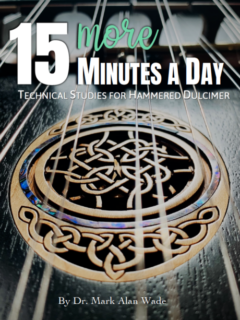
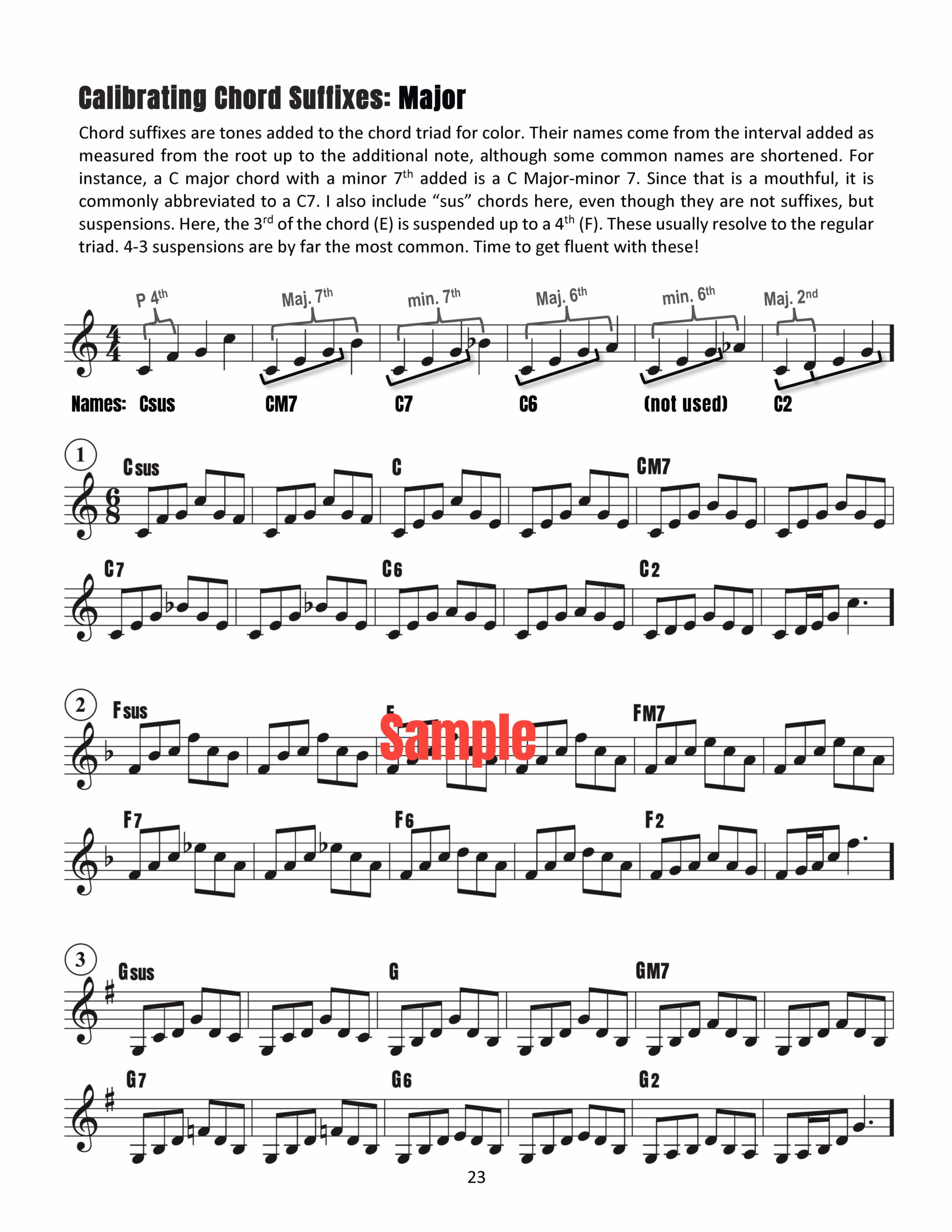
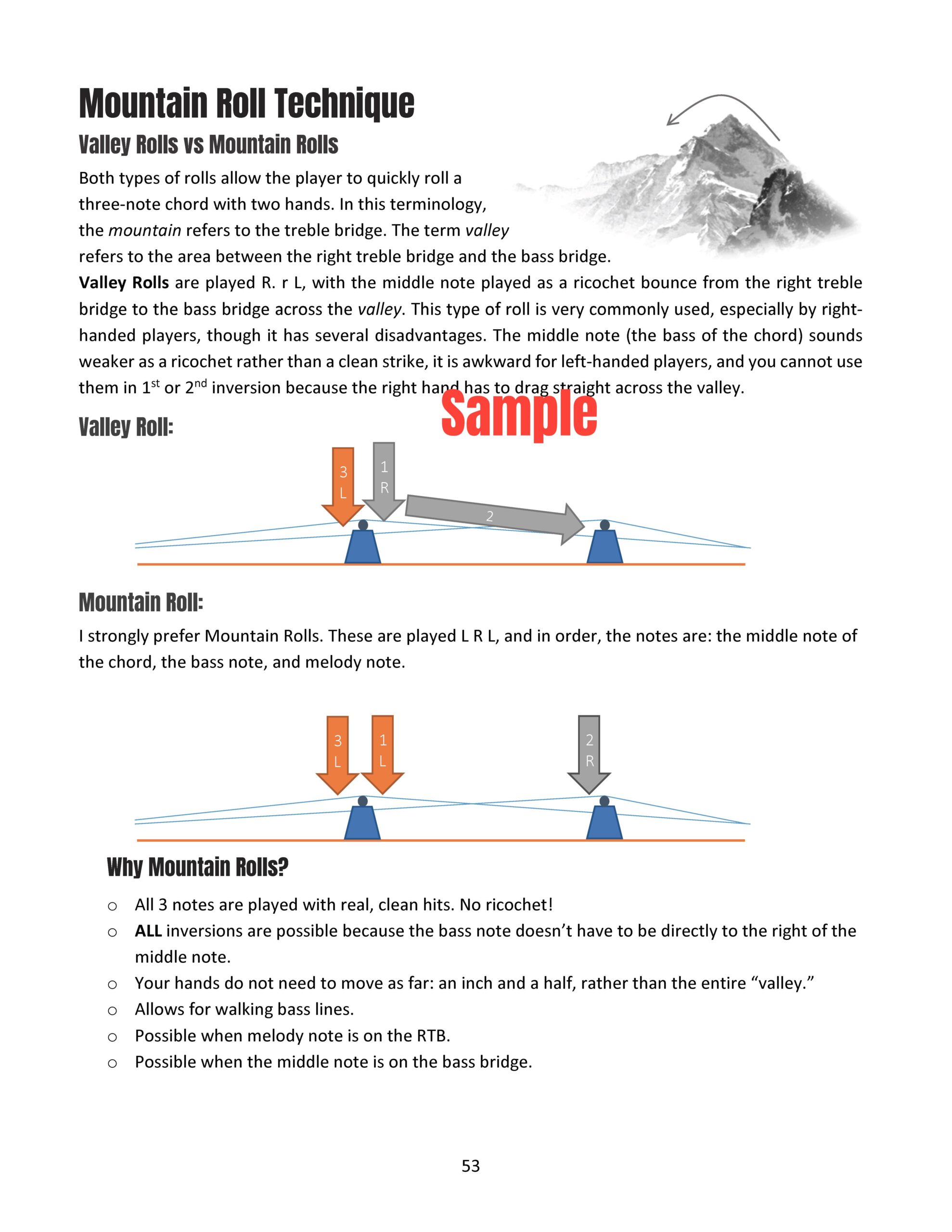
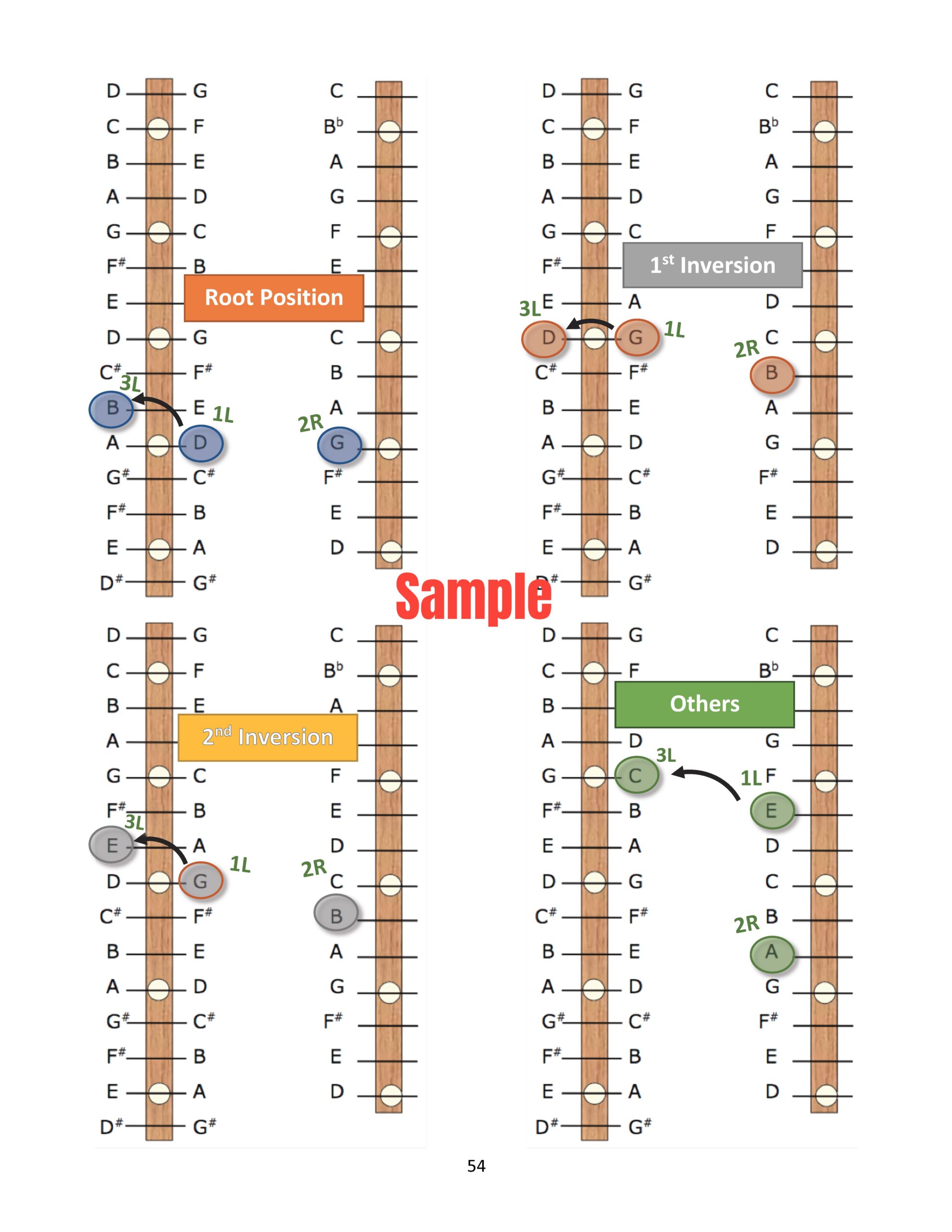
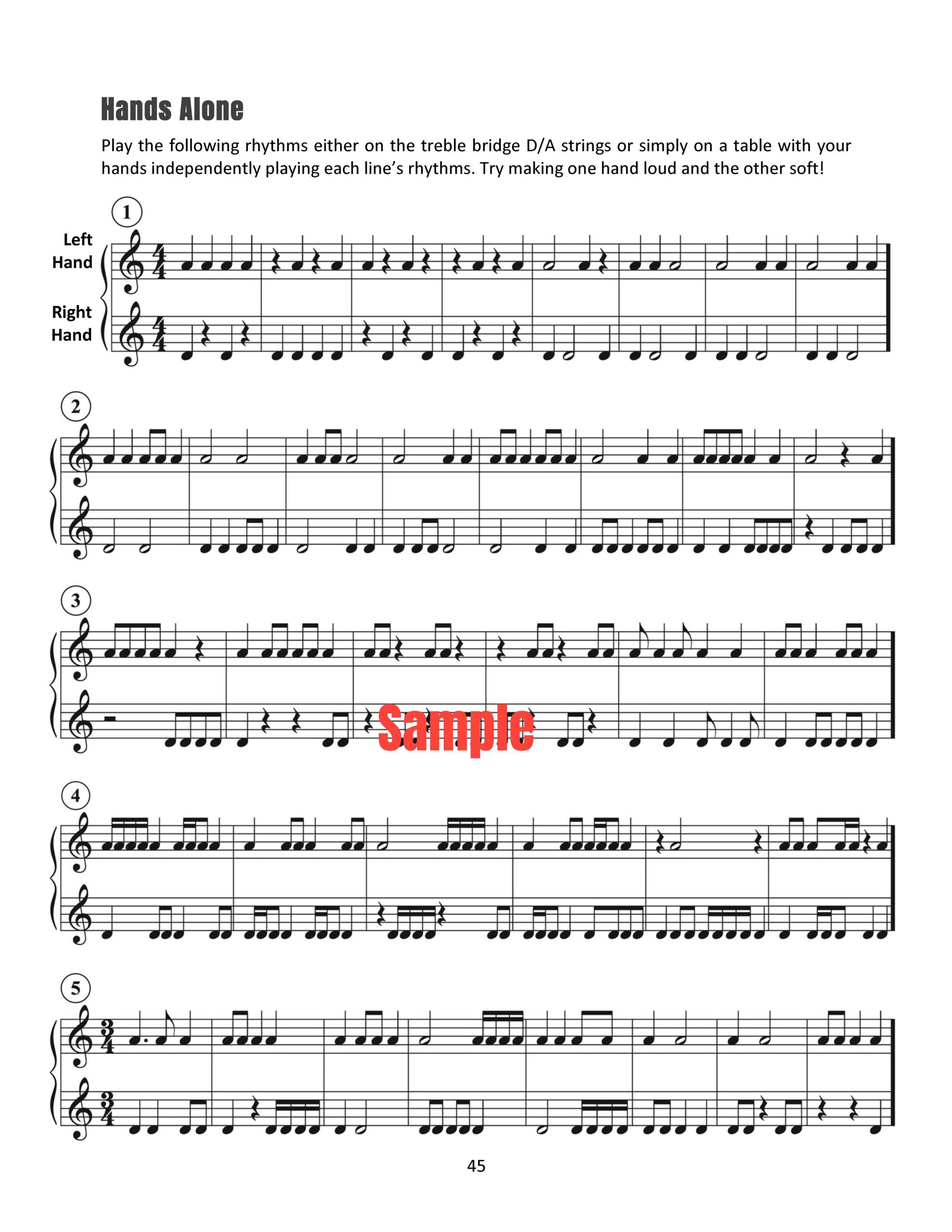
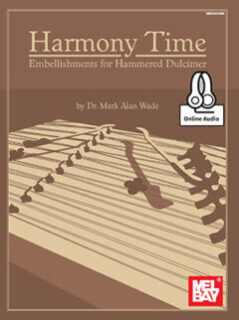
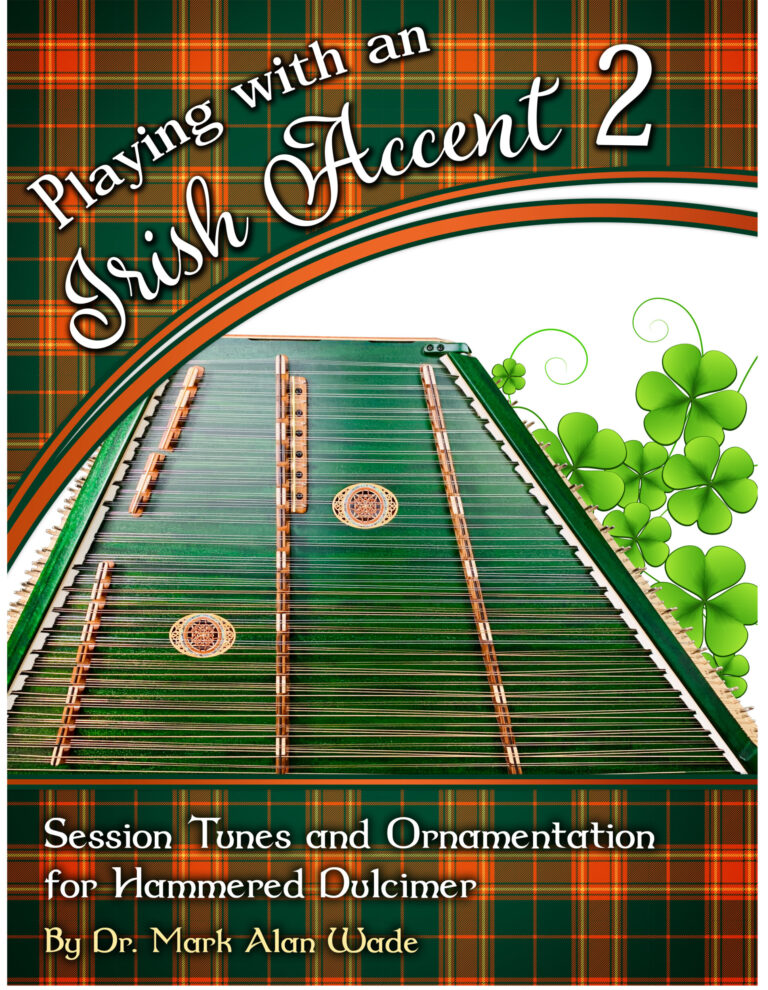

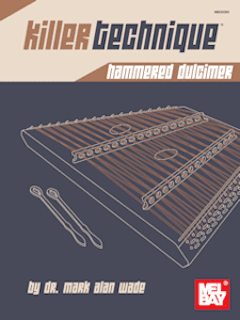
Reviews
There are no reviews yet.